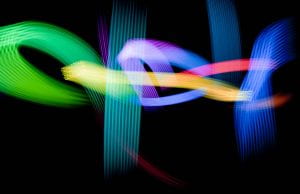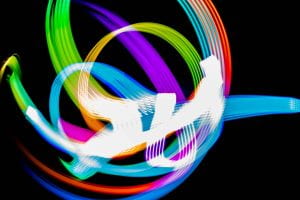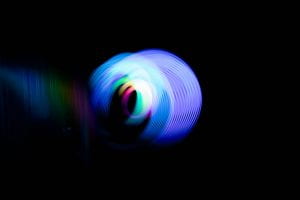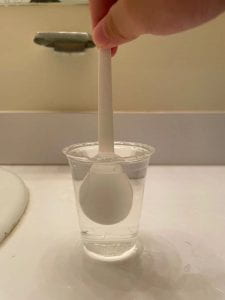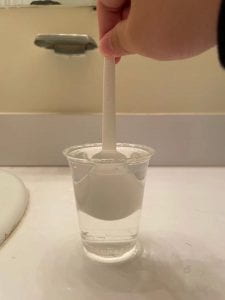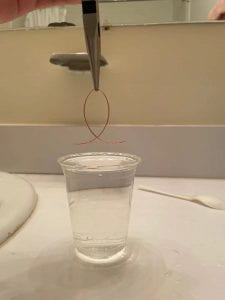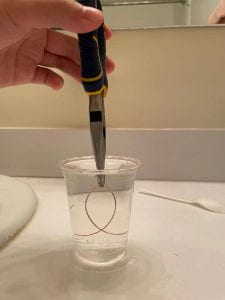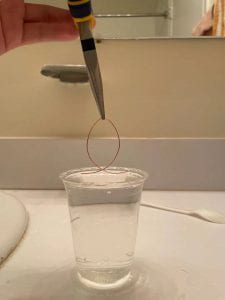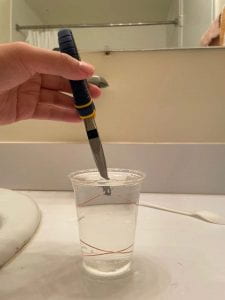Make a self-portrait
Destroy it
If It is a drawing, rip it to shreds
If it is a sculpture, smash it to pieces
Gift what remains to a friend
Artist’s Statement:
I struggle with my self-image, so I wanted to do something with self-portraits. I liked the idea that a self-portrait can be in many forms and styles, so I decided to leave that up to the reader. I specifically suggest a sculpture to let the reader know that it doesn’t have to be a drawing. The idea of destroying a self-portrait is cathartic for me. It is also pretty poetic. As for the last line, I wrote it because I think art should be given away to people, not necessarily for free, but the artist shouldn’t hang on to their work forever. Not only that, I just like gifting things to friends, so I think gifting a destroyed self portrait would be really fun to do. The reason the score is formatted the way it is is due to inspiration and influence from Yoko Ono’s scores. I really enjoyed her slightly ambiguous and rhythmic style and wanted to imitate it in this score. I hope I was successful.

